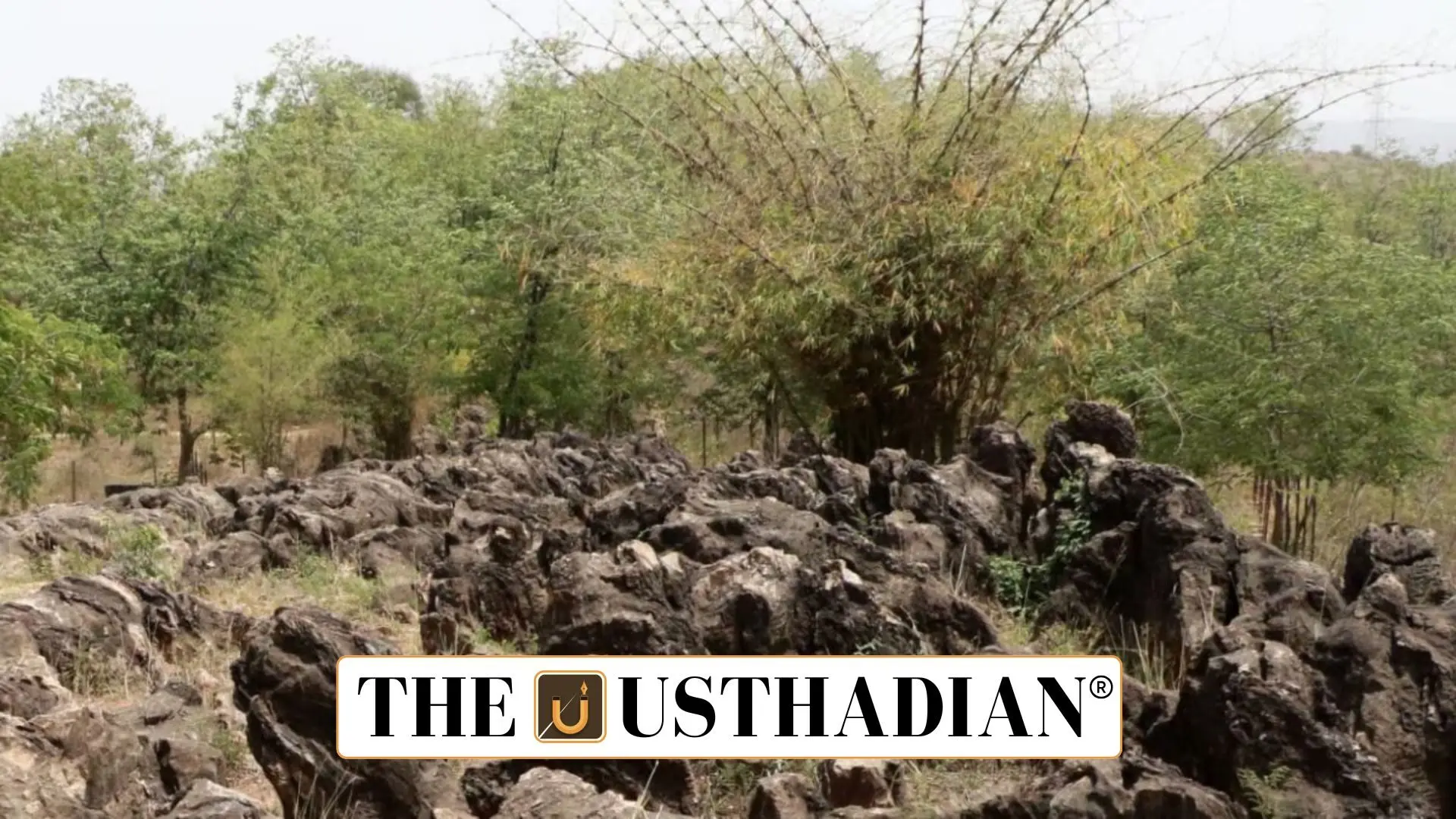A billion-year-old site gains global attention
Salkhan Fossil Park Added to UNESCO Tentative List: India’s Salkhan Fossil Park, also known as Sonbhadra Fossils Park, has officially been added to UNESCO’s Tentative List for World Heritage Sites. Situated in the Sonbhadra district of Uttar Pradesh, the park is now a global contender for recognition under the natural heritage category.
The park is significant not just for India but for the world. Its fossils—dating back 1.4 billion years—make it one of the oldest and best-preserved fossil sites on Earth. Located in the Kaimur Range, part of the larger Vindhya mountain range, the site also sits near the Kaimur Wildlife Sanctuary, adding ecological richness to its location.
What makes it unique?
The most important fossils found here are stromatolites, formed by ancient cyanobacteria, or blue-green algae. These tiny organisms were responsible for the Great Oxidation Event, the period when oxygen started accumulating in Earth’s atmosphere. This makes the park a living timeline of how life evolved on Earth.
These fossils are preserved in domal, columnar, and layered (stratiform) forms, which reflect changing conditions in ancient water bodies such as depth, wave activity, and sedimentation. Such features are rare, especially when they date back to the Precambrian era, which covers nearly 85% of Earth’s history.
Meets UNESCO and IUCN criteria
The park has qualified under the IUCN 2020 geo-heritage guidelines for showcasing the evolution of life. It also matches UNESCO’s 2021 framework on Earth’s geologic and biological history. That puts it in the rare category of fossil parks that can help bridge the large Precambrian gap in the current global heritage listings.
In simple terms, Salkhan doesn’t just preserve ancient rocks—it preserves ancient life that helped shape our modern ecosystem.
UNESCO World Heritage basics
A UNESCO World Heritage Site is a place recognized for its “outstanding universal value”. Sites are chosen under three broad categories:
- Cultural heritage (like temples, monuments, and historic cities)
- Natural heritage (like national parks and fossil sites)
- Mixed heritage, which includes both natural and cultural elements
India already has more than 40 World Heritage Sites, including Kaziranga National Park, Hampi, and the Great Himalayan National Park. If approved, Salkhan Fossil Park could soon join this prestigious list.
Static Usthadian Current Affairs Table
| Site Name | Salkhan Fossil Park |
| Alternate Name | Sonbhadra Fossils Park |
| Location | Sonbhadra District, Uttar Pradesh |
| Year Added to Tentative List | 2025 |
| Fossil Age | Approx. 1.4 billion years |
| Fossil Type | Stromatolites |
| Nearby Range | Kaimur Range, Vindhya Hills |
| Nearby Sanctuary | Kaimur Wildlife Sanctuary |
| IUCN Guideline Year | 2020 |
| UNESCO Geological Framework | 2021 |
| Static GK Fact | Precambrian era covers 85% of Earth’s history |








